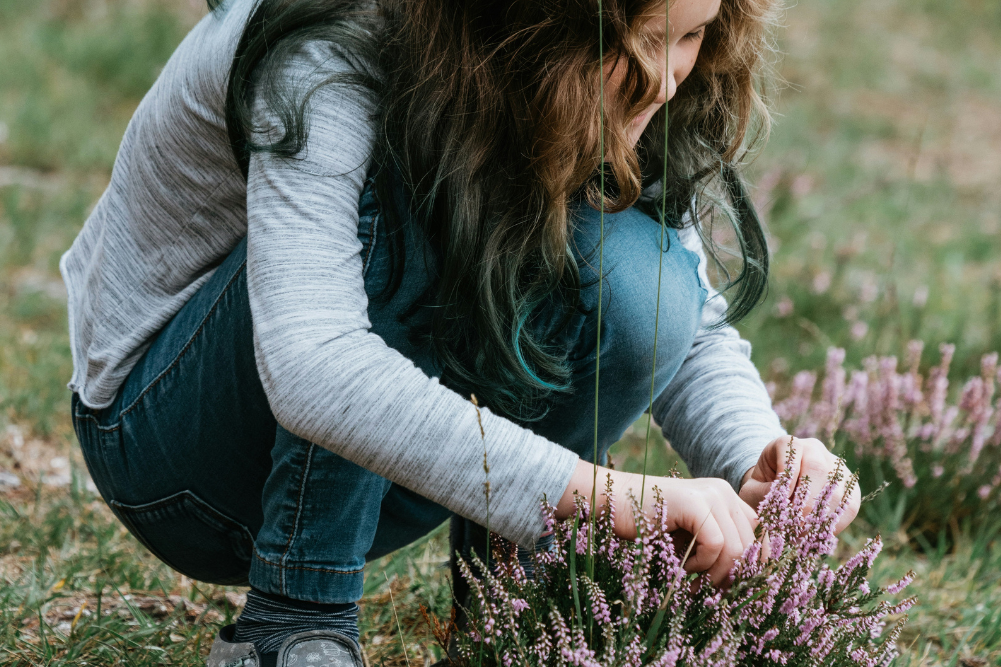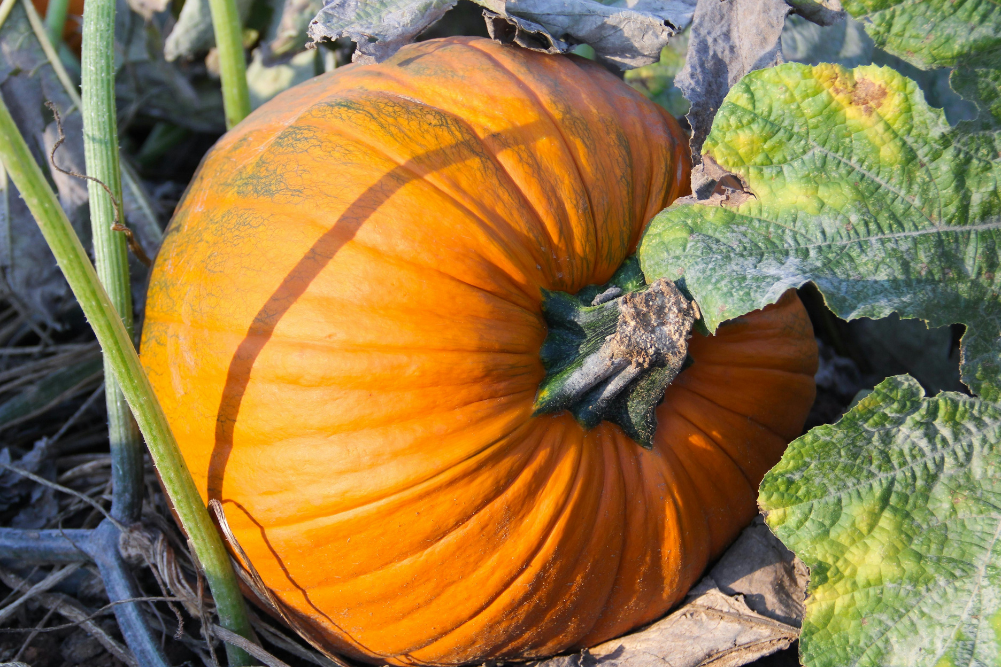Tempting kids into gardening
Introduce kids to the joys of gardening with simple steps to connect them to nature, fostering growth and a love for green spaces.
Years ago, when we held Open Gardens, they were “adult only” as, with farm dams and machinery, we had no way to keep kids safe. One invitee asked to bring her eight-year-old grandson. “He adores gardening. He’ll be fascinated.”
The kid told me later it had been the best day of his life. While the adults listened to a two-hour talk then toured the garden, he slowly worked his way down the three trestles of afternoon tea, able to eat all the home-made biscuits, cakes, frittata, lemon tarts and varied sandwiches he wanted.
Kids are not natural gardeners. A true gardener is excited when they plant a dead-looking stick, imagining the apple tree it will be. Kids don’t have the experience to understand garden magic, until they are shown it: these tiny seeds will become a lettuce. Watch this avocado seed shoot, balanced on toothpicks over a glass of water. Then we’ll plant it and one day you’ll eat its fruit.
Kids are natural garden lovers. Humans — especially kids — are happier and calmer with green and growing things around them. Want kids to put the screen away? Give them a tree to climb. Sadly, all too many kids need to be taught how to climb a tree. They’ve never been shown, not given one that is easily climbable.
A few months ago, I invited a passing family to pick fruit in our garden. I looked back as the small boy said wonderingly, “Mum, is that a lemon? Can I really pick it?” His sister had already chosen and picked an orange. She looked as if she’d been given the crown jewels. When I was a kid, most people had a few backyard fruit trees. At least one in three had hens and most a vegetable garden.
I suddenly realised that the majority of today’s kids miss out on basic human joys. Houses take up most gardening space. Parks have swings and slides and climbing nets. Kids need a tree far more than a net. We have more dog parks than spaces where kids can pick flowers and fruit, make mud pies or puddles and jump into them or discover the difference between chillies and strawberries. Pick it fast, before the birds, snails and millipedes get it first.
If adults vanished from the world, could today’s kids pick fruit and veg and grow them to survive? Have they ever camped in the backyard with the stars for a ceiling? Do they look out for the first star of the night? Watch the moon rise? Or know that birds sing at dawn, and why? This isn’t parents’ fault. We’ve let town planners bamboozle us, taking away green spaces so councils can have more power and money, and less green space expense. Green space isn’t a luxury. It’s a human right.
How to get your kids gardening
Step 1. Find some green space, preferably one that hasn’t been interfered with too much by humans. Hunt for gum nuts. Are they all the same or different?
Step 2. Find a tree to climb. Test it first to make sure it’s not brittle. Climbing peach trees is not advisable, but mulberry, apricot and avocado trees are great.
Step 3. If you have a young backyard tree, tie a branch to a stake so it grows horizontally. You have now made a climbing tree, a rocking horse tree, a place to hang a blanket for a cubby tree, worth far more than any store-bought cubby.
Step 4. Build a cubby. Collect two 1L milk containers and tape them together. Use cardboard boxes for a table.
Step 5. Find a banksia bush and look for the seed cones left from last season’s blooms. Spoon water into their mouths at the top, then watch it emerge from the bottom.
Step 6. Throw two sticks on one side of a pedestrian bridge then race over to see which one comes first. That’s also fun with sticks in a creek or river.
Step 7. Give kids aged four and above their own garden, even if it must be in pots. Be prepared to do the watering and feeding, but kids do can the planting and eating. Remember, what they grow is theirs. Let them discover that sharing is fun, too.
Step 8. Convince your local school to have a garden that grows enough for kids to take home produce every week. Ask your local library, too.
Step 9. Nag your local council until they give in and provide space for community gardens where all can have their own plot. Ensure there is space for all to sit and enjoy the flowers and peace of green and growing things, without having to sweat with a spade.
Step 10. Never use kids as unpaid garden labour. Holding the hose or weeding will turn kids off gardening for years — though pruning the wisteria and swinging from its vines can be great fun.
Step 11. The love of green and growing things is contagious. We have a generous planet, but kids won’t see it unless helped. It is so much easier today to find a screen. Once you love this planet, you will fight to save it, to keep it a world for the children’s children of us all.








